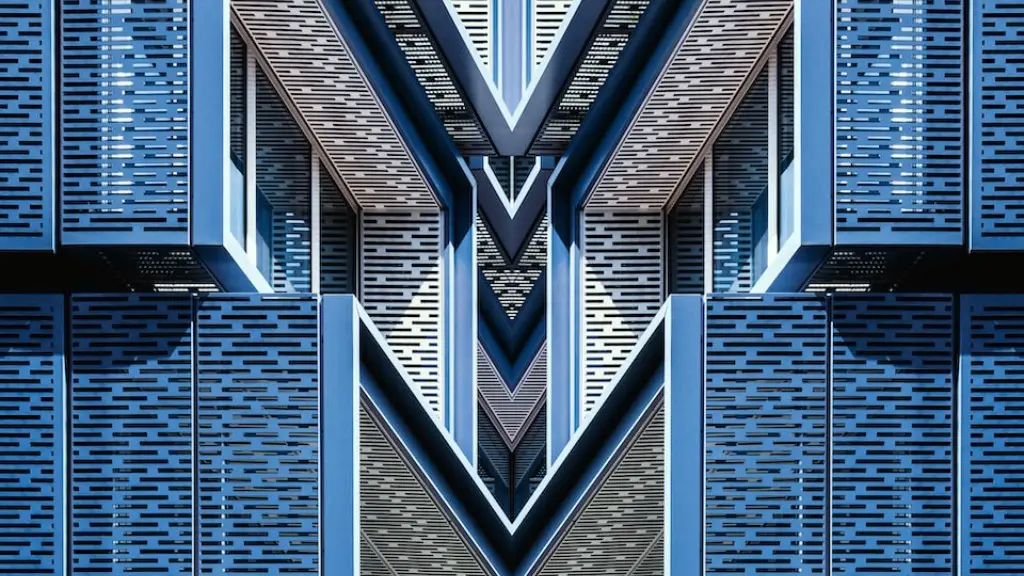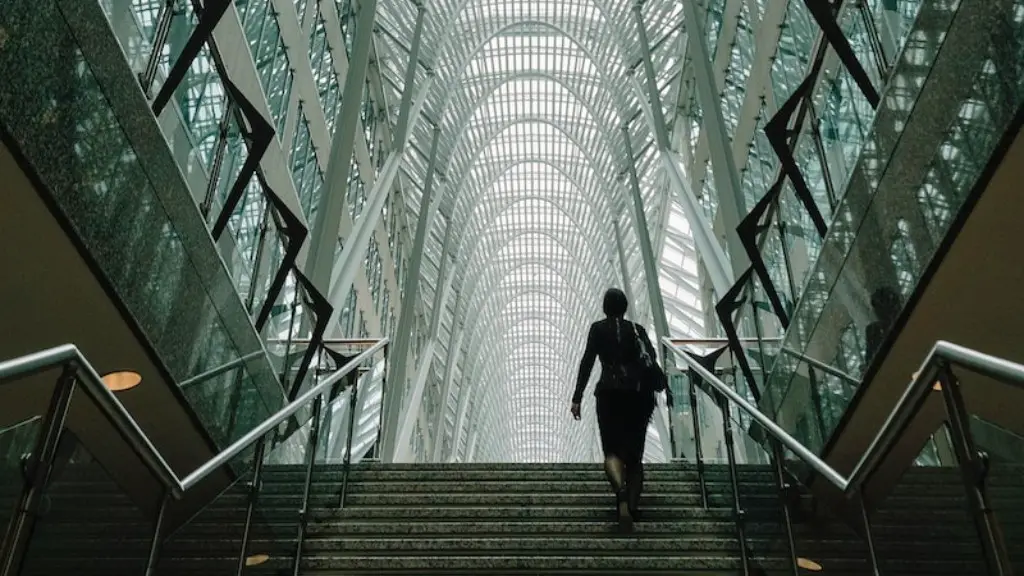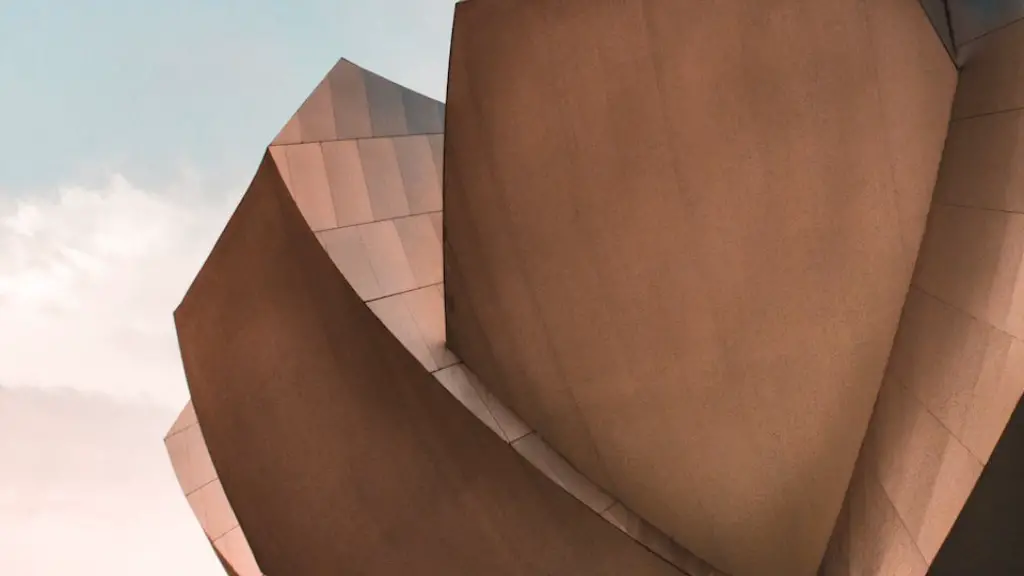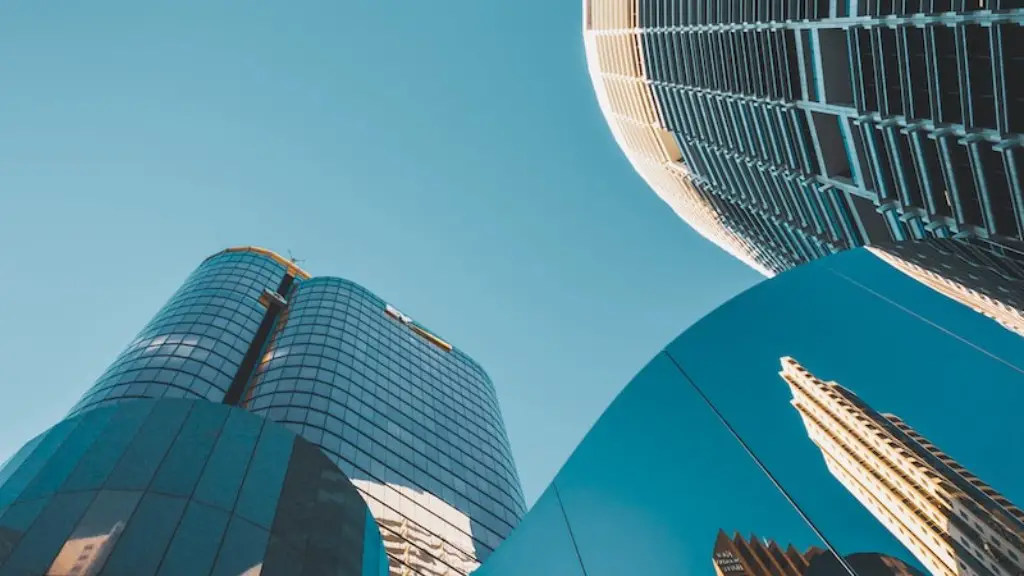What is Design Solution in Architecture?
Design solutions in architecture are the creative solutions used to tackle design problems, such as creating a pleasant and functional interior space or creating an energy-efficient building exterior. The solutions can range from high-tech modern solutions to traditional design solutions. They are about finding and executing the best solution for the particular project. Architects must use their imagination, experience, and knowledge to develop design solutions that meet the purpose and functional requirements of the building being designed.
Design solutions are an important aspect of architecture and are important for creating a safe and attractive building. Architects must be able to think conceptually and utilize their design skills to create solutions that not only function, but also generate interest and beauty. Design solutions should reflect the character and style of the building, the surrounding environment, and the individual needs of the client.
When it comes to design solutions in architecture, innovation and creativity are often essential. Architects must keep up with current trends, technological advances, and materials. For example, the options for green building materials, energy-efficient materials, and sustainable technologies are constantly expanding, and architects must stay up to date on these advancements to be able to make well-informed solutions for their projects.
Another important aspect of design solutions in architecture is understanding the context of the environment in which the building is constructed. It is important to consider the physical setting, the natural environment, and the climate. An architect should be familiar with the site and the context in which the building will be constructed, in order to determine which design solutions would be the most effective.
In addition, it is important to collaborate with other members of the project team, including engineers, contractors, and other professionals. This collaboration is especially important when developing complex design solutions, in order to ensure the design solutions are feasible, efficient, and safe. Taking the time to collaborate and understand the roles and contributions of every member of the project team will help architects develop successful and effective design solutions.
Design Process
The design process is the process of developing an effective design solution. It is an iterative process that involves a lot of trial and error. Designers must be willing to experiment with different ideas, concepts, and technologies. Once the initial idea or concept is created, the designer should engage in a rigorous process of evaluating and refining the solution. This includes analyzing how the design solves the problem, testing the practicality of the solution, and using feedback from a project team or other stakeholders.
The design process also involves a lot of research and collaboration. Architects must research materials, technology, building regulations, and other relevant information. They must also be familiar with different styles and understand the principles of design in order to create effective design solutions. Architects must also collaborate with the project team and consider their input.
The design process is often a long and complex one, and it is essential that architects use their time and resources wisely. Architects should take their time to research and evaluate all the possible design solutions so that they can create the best solution for the particular project. This will also help them create better designs and prevent them from making costly mistakes.
Key Elements of Design Solutions
Design solutions are often characterized by five key elements: aesthetics, durability, efficiency, safety, and sustainability. Aesthetic elements refer to the aesthetics of the design, such as color, texture, and shape. Durability refers to the design’s ability to withstand the test of time and wear and tear. Efficiency refers to the design’s ability to be functional and efficient. Safety is referring to the design’s ability to meet safety and health standards. Finally, sustainability refers to the design’s ability to be environmentally friendly.
When creating design solutions in architecture, it is important to consider all five of these elements. Each element should be taken into consideration and given equal importance. For example, a design may be aesthetically pleasing, but if it is not durable, it is not a suitable solution. On the other hand, a design might be efficient and meet safety standards, but it may not be aesthetically pleasing.
It is also important to consider the building regulations and the requirements of the project. Building regulations ensure that the building meets certain standards of safety and efficiency. It is important to adhere to the regulations in order to create a safe and efficient building. Meeting the requirements of the project involves understanding the purpose of the building and designing a solution that meets the functional and aesthetic requirements of the client.
Design Tools and Technology
In recent years, design tools and technology have become increasingly important in helping architects create effective design solutions. Design tools and software such as AutoCAD and SketchUp can help architects visualize and explain their design solutions. These tools can simulate the building process, enabling designers to virtually create and test their ideas before physically constructing the project.
Design tools and software can also help architects better collaborate with the project team and other stakeholders. This can be done through visual communication, such as using 3D modeling and animations to explain the design ideas. This can help to ensure that everyone involved is on the same page when it comes to the design process.
Design tools and technology can also help architects save time and money. Designers can use digital tools to automate certain aspects of the design process, such as creating floor plans or generating a 3D model. Automation can reduce the time spent on repetitive tasks and reduce the cost of the project.
Importance of Design Solutions in Architecture
Design solutions in architecture are essential for creating safe, efficient, and attractive buildings. Architects must have the skills, knowledge, and resources to create innovative and effective design solutions that meet the requirements and expectations of their clients. Design tools and technology are essential for helping architects to visualize, collaborate, and automate their design solutions. Design solutions in architecture are important for creating a functional and beautiful building.
Conclusion
Design solutions in architecture are the creative solutions used to tackle design problems. Architects must be able to think conceptually and use their design skills to create solutions that meet the functional and aesthetic requirements of the project. Design solutions must also be innovative and sustainable, taking into account the context of the environment in which the building will be constructed. Design tools and technology are essential for helping architects to visualize, collaborate, and automate their design solutions. Design solutions in architecture are important for creating a safe, efficient, and attractive building.




